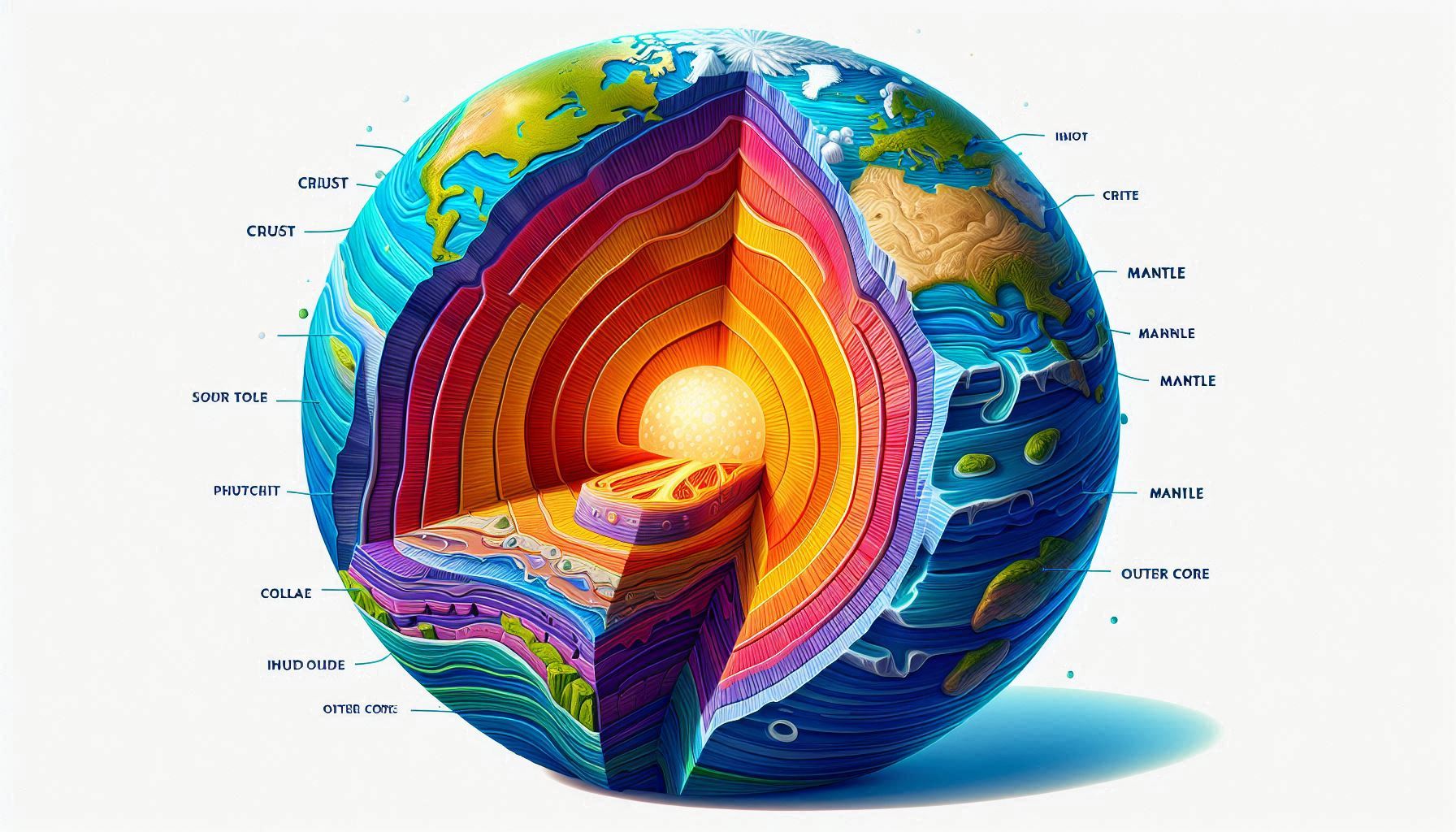There seem to be many things that are layered, such as strata when investigating underground, and the ionosphere when investigating the sky. Some of the things that are piled up are layers of classification, but many of them seem to have been piled up over a long period of time.
Earth and ice layers
It is believed that the movement of the atmosphere, rain, and the activities of plants and animals on the surface of the earth become soil and accumulate on the earth, forming layers, which continue to accumulate over eons and years, forming geological strata. There are also layers of ice that are the result of surface activity turning into ice, varves that are sedimentary layers at the bottom of lakes, and turbidites that are sedimentary layers at the bottom of the ocean. Gravity helps these layers to pile up, but it’s strange to think that life today is taking place on top of the layers where everything from the past has piled up.
Biological layering
There are stromatolites that are formed by cyanobacteria fixing sediments in seawater with mucus and layering them every day, bamboo that layers itself at each node, and coral reefs that form layered structures by creating a calcareous skeleton. It’s amazing how small organisms and cells can stack tiny layers of material to form large, visible structures in their daily life activities.
micro layering
There are sedimentary rocks formed from layers of minerals several mm thick, and clay minerals formed from stacked sheets of metal ions and silicates 1 nm thick. Clay minerals are said to have 1000 uses, and have a highly developable ability to absorb water, metal ions, and organic matter between the sheets. There are also thought to be tiny layers of layers in living organisms, such as cell membranes and epidermis, crab shells, and plant bark. The layered structure of stacking tiny molecules and cells must be a highly useful and developable structure.
Earth’s stratified structure
There are many stratified structures classified into layers in the structure of the Earth. There are internal stratified structures (core, mantle, crust), atmospheric stratified structures (troposphere, stratosphere, mesosphere, thermosphere), and undersea stratified structures (surface layer, mid-depth layer, bathyal zone, abyssal layer, deep ocean layer). Basically, it is thought that the composition changes due to the influence of gravity, resulting in layers, but the concept of layers may be easier to handle when grasping characteristics.
Layered is amazing
There seem to be many layered materials and regions on Earth. The structure of stacking one on top of the other is simple, but it is also a highly useful structure in the microscopic world, and it seems to be a long-term stable structure like a geological layer. And perhaps, it may be the most natural form for layers to form under the influence of gravity. The many layers on Earth are amazing. The layers on Earth are amazing.


